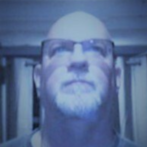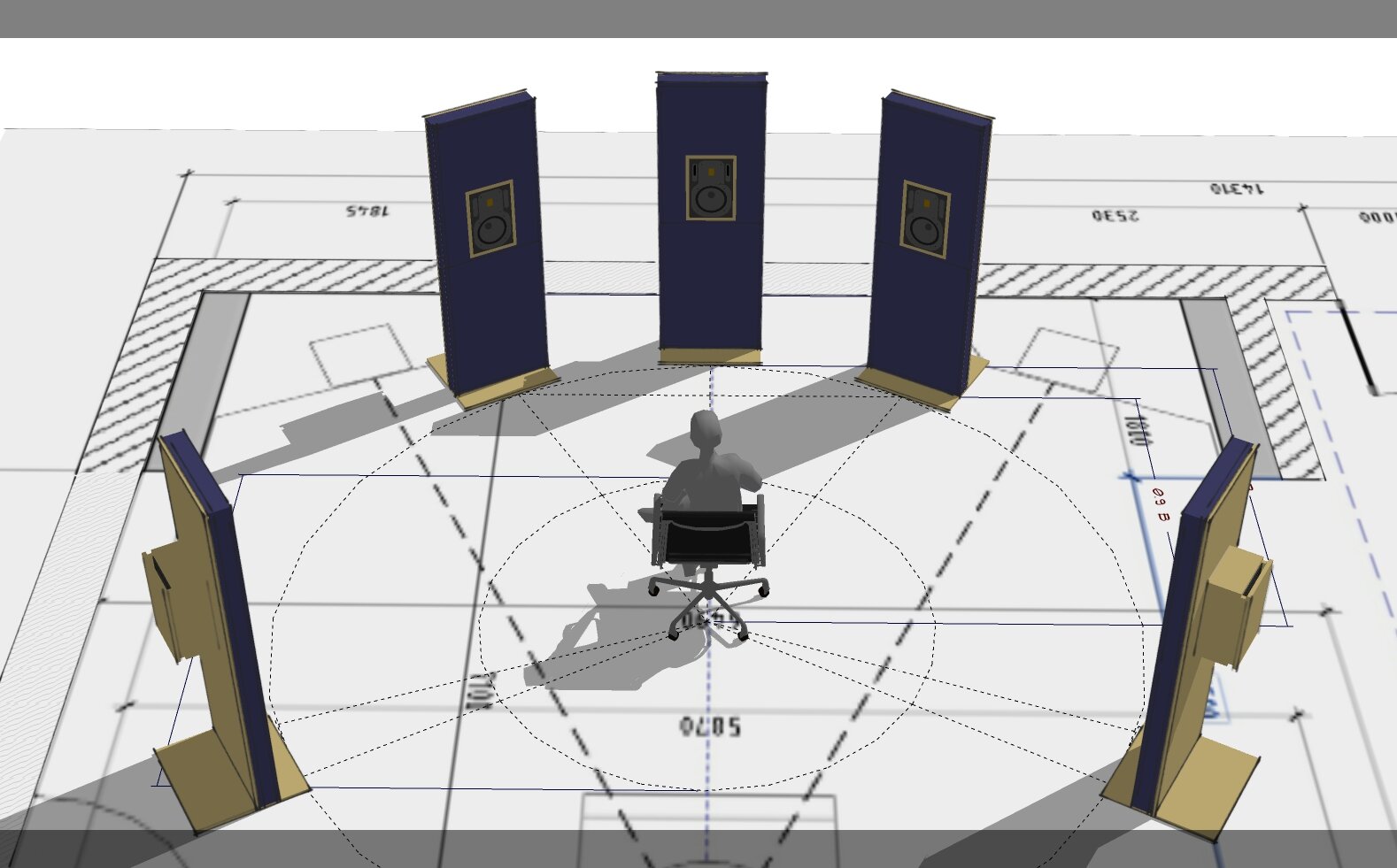-
Posts
2,176 -
Joined
-
Last visited
Everything posted by Glenn Stanton
-
does Groove Clip exhibit the same transient locating issue for you? i almost never bother with the audio stretch and just cut things up (usually by measures and some tempo tweaks) and groove clip them. then once assembled as desired, bounce as a clip. very seldom having to move individual notes.
-
there are definitely some things where a MIDI flow would help - such as relationships with Devices -> None, Omni, and Auto-Thu, etc which could help as well
-

How to remove a section of a song without leaving a hole
Glenn Stanton replied to GodinLG's topic in Cakewalk by BandLab
read up on Ripple Edit -
that seems intuitive to me: place start on timeline, ensure no other/existing tracks selected, and insert/view step sequencer. i'd suspect most midi generators would behave in a similar fashion - caveat - i don't generally use the step sequencer but now that i'm reminded of its existence i'm planning on using it.
-
i've had this happen on 2 Kerzweil SP-88 pianos - i open them up and clean under the rubber contact pads (carefully) and they're good to go. they use the Fatar keyboard mechanisms so if your keyboard uses that type also, cleaning the "stuck" keys should help.
-

Staff View - note input/edit - defaults to start of measure?
Glenn Stanton replied to pdarg's topic in Cakewalk by BandLab
check your Snap To settings. -
seems like it's inexpensive enough - maybe buy it and provide a detailed review of it for others to assess to see if it's right for them.
-
that's why you need to be both a musician and a DJ. or vice versa. sometimes even DJ between band sets. oh, and practice those MC skills as well. ?
-
@rescareguy answers for Softube breakages are all here: Softube Audio Plug-ins Forums - Audiofanzine https://en.audiofanzine.com/audio-plugin/softube/forums/ Support | Softube https://www.softube.com/support
-

Cakewalk Google Login not working (error 400)
Glenn Stanton replied to CuteKitsuneForever's topic in Cakewalk by BandLab
if you signed up for BandLab using your Google account, then that would be the way you could access the signin for CbB. if you're trying to sign in with Google but you use another email address then signing up for BandLab, that may be the reason for the re-direct. as to the 400 error - maybe you need to clear your browser cache? -
i save fx (and other) presets as well as track templates etc for projects and sometimes songs - this way if i find something (usually drums or bass) that i want to change across projects, i just load the new preset (best when using Pro Channel because the FX rack + PC effects all come in) or i insert the track template and move the clips into it. then if the presets or templates aren't something i'm likely to reuse elsewhere, i zip them up and stick them into the project folder in case i need to revisit it. i think it would be way worse to have an hour of material trashed because of a ripple edit or a template (or other) insert/delete (without ripple edit) or push the arranger "make it happen" button... and just having backs ups of the same project over and over... for me, it's like OO - encapsulate to decouple something that "thing" really well...
-
why not set up a project with majority of instrumentation and use it as a template. then each song has roughly all the same settings without the risk that you f*ck an entire album worth of material because of a single big mistake in one song... and if you run through each song project to track everything for a given instrument, then whatever your instrument behavior (temp, humidity, sunlight or lack thereof, etc) will also be consistent.
-
i'm not sure that you can disable controls etc on a single buss or track, so hiding may be a good choice once it's configured as it's still in the list of busses to export from.
-
what would be the function of the master buss? in my case, i have several and most using Pro Channel vs FX bin - MASTER (main listening into HW), MASTER-12 (-12db from master send w/ noise listening for mix thingies jumping or disappearing into HW), PRINT (export buss from master send w/ some additional FX things). MASTER-MONO (mono interleave to a single speaker) plus stem busses. with the exception of LOW stem (mono), all are busses are stereo interleave and only the PC used for anything other than volume and gain. so no improvement for me having a dumbed-down buss...
-

Accessing QUADCURVE EQUALIZER Panel from the Tiny EQ
Glenn Stanton replied to murat k.'s topic in Feedback Loop
yeah, what he said. and get rid of those pesky expensive dynamic EQ and multi-band compressor plugins ? -
i just use the workspace settings and sometimes the mix recalls but i always disliked the screenset stuff. too many times typing a number into a dialog and ending up chasing around trying to reset my screens...
-

Melodyne on comp track, wipes original take lanes
Glenn Stanton replied to tparker24's topic in Instruments & Effects
definitely not working as expected in the v5 editor edition -
"With the “Melodic” algorithm, however, this happens automatically, whereas with the “Percussive Pitched” algorithm, sibilant control is by default switched off. To switch it on, go to Note Assignment Mode and check “Sibilant Handling” in the Algorithm Inspector"
-
you could change the name in the plugin manager (it will reset on the next scan though), so i'd suggest you reach out to UAD and have them reset the name on the product since it doesn't seem to add value to users of the plugin...
-
i think the statement was meant as "it would not be unreasonable to expect blah blah blah... so "not-unreasonable" => "not be unreasonable" ? i don't adjust meters too much so it wouldn't really matter to me unless some new button or keystroke then kept interfering with my workflow - then it would be an unreasonable change imho...
-
maybe have the green section at the top of the list? already create aux tracks or patch points below it?
-

Why switch from SONAR Platinum?
Glenn Stanton replied to Charles Puckett's topic in Cakewalk by BandLab
not so much as getting all the associated plugins and media... same for the older installs (at least my part). this way when i open up older projects in CbB i can get the settings from the older plugins, and then if i'm interested, swap in newer plugins and have a starting point. -
hmmmm. @scook looks like it's updated, probably not to the latest build, although there is a link to the release notes: New in Cakewalk 2021.04: In addition to workflow enhancements and bug fixes, the following new features are introduced in the 2021.04 release: Integrated BandLab library access Tempo track and Tempo Inspector PC2A T-Type Leveling Amplifier ProChannel module Loop current arrangement Convert between MIDI continuous controller (CC) events and automation envelopes Optimizations Misc enhancements ? ....
-

Why switch from SONAR Platinum?
Glenn Stanton replied to Charles Puckett's topic in Cakewalk by BandLab
i install a bunch of stuff from sonar 7,8, and XL 2,3, and SPLAT if i do a rebuild on my OS/software drive. before installing CbB. this way i have all my stuff from those programs available. sometimes this means installing some of the patches and updates. i keep all the CW and Waves, etc products as "offline" installers as well keeping the command central. a PDF of my licenses etc. a few hours work at most and since i only rebuild every few years, it's not a problem. thus i'm able to open projects from early 2000's to present with little or no issues. -

Melodyne on comp track, wipes original take lanes
Glenn Stanton replied to tparker24's topic in Instruments & Effects
@treesha - same experience here - once you apply the Melodyne to a given take, it flatten inactive portions, and then if you drag the boundary lines in either direction it stays flat on those sections in both Melodyne and CW. and applying to multiple take lanes - same issue plus not selecting notes in parallel segments. when i get the chance i'll play with this more and see if i can document it as it definitely is not working as expected.





